- Introduction
- ES Morse
- Morse in New England
- Morse as an illustrator
- Morse in Japan
- Morse's pottery collection
- Charles Otis Whitman
- Shosaburo Watase
- Umeko Tsuda and Sutematsu Yamakawa
- Katsuma Dan
- Emperor Showa (Hirohito)
- Shinya Inoue
- Osamu Shimomura
- Susumu Honjo
- --------
- E.S. Morse Institute
- Institutional Cooperation
- Fukushima
- About
E.S. Morse Collects Japanese Pottery
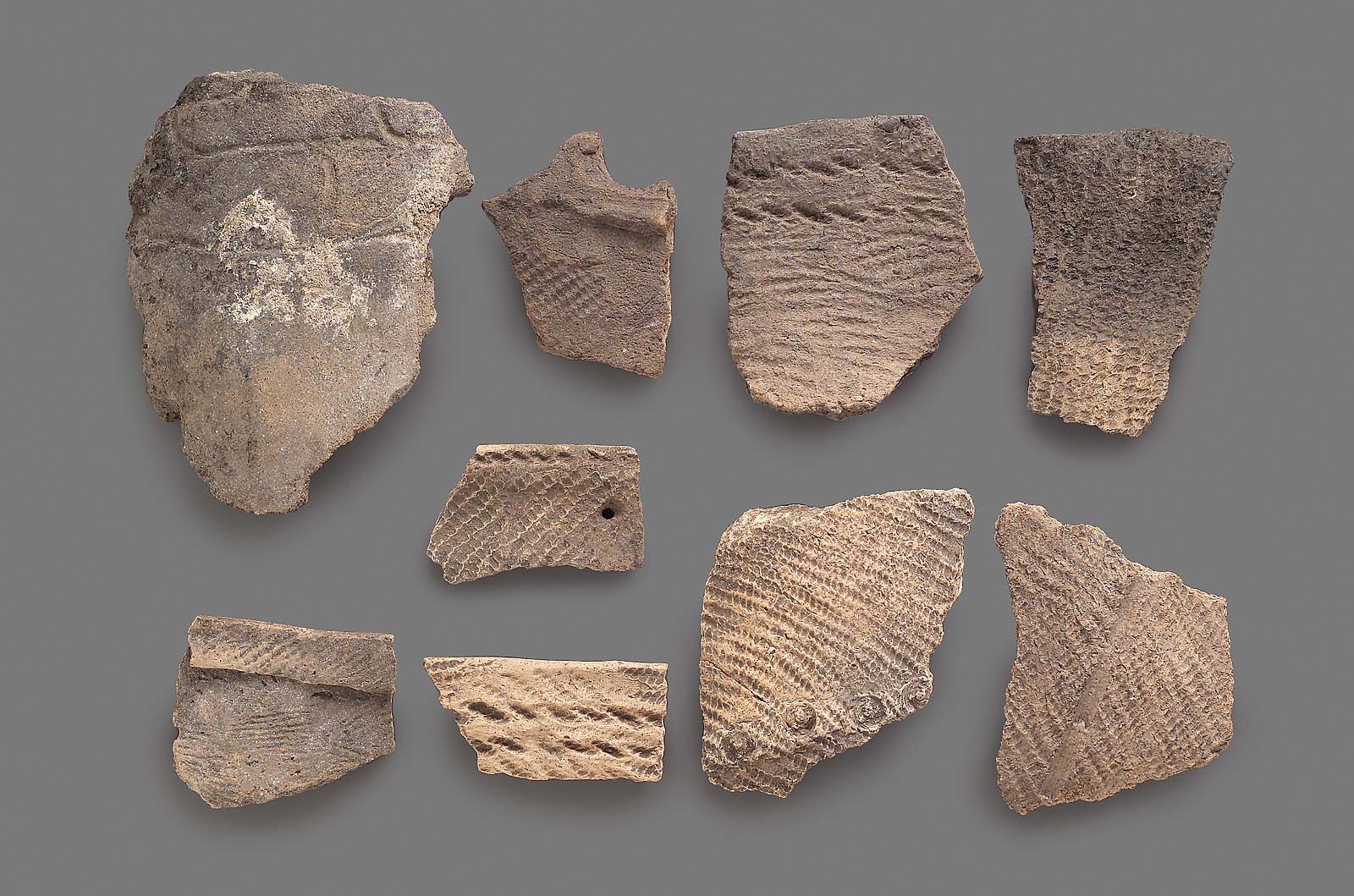
Nine fragments of Japanese prehistoric pottery dug from shell mound. Gifts of E. S. Morse. Courtesy Museum of Fine Arts, Boston.
On Morse's first trip along the coast between Tokyo and Yokohama in 1877, on the new train, he was eagerly looking out the window when he saw an ancient shell heap, similar to those he knew from the state of Maine, middens of primitive cultures. He got off the train and hurried back to the site, and discovered not only shells, but artifacts. Layered in with the shells were pieces of broken and primitive pottery. Later, he came back with his students to excavate. Thus began, simultaneously, the study of archeology in Japan, and Morse's interest in Japanese pottery, a fascination which would capture his interest and energy for the rest of his life.
Just as collecting Brachiopods was an obsession in Morse's early life, so too was collecting Japanese pottery in his later life. He had probably the best collection of Japanese pottery in the world, certainly the best identified and curated. From his collection, three Museums were able to create excellent and complete collections, documenting the complete range and history of the craft.
Japanese Pottery from Morse's Collection
All of the Japanese ceramics pictured below were created during the Edo period in Japan (1603-1838 ) and are now part of the Morse Collection at the Museum of Fine Arts in Boston. (For more about the MFA, click here.)
 |
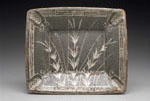 |
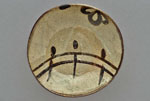 |
 |
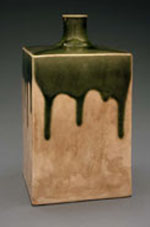 |
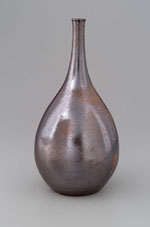 |
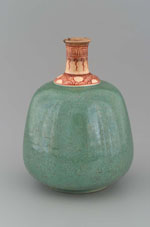 |
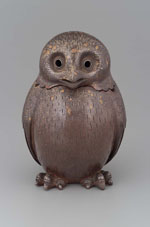 |
 |
 |
 |
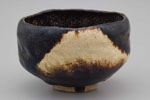 |
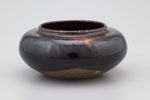 |
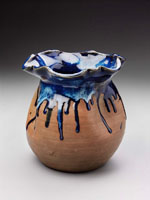 |
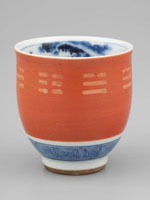 |
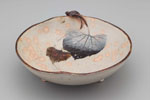 |